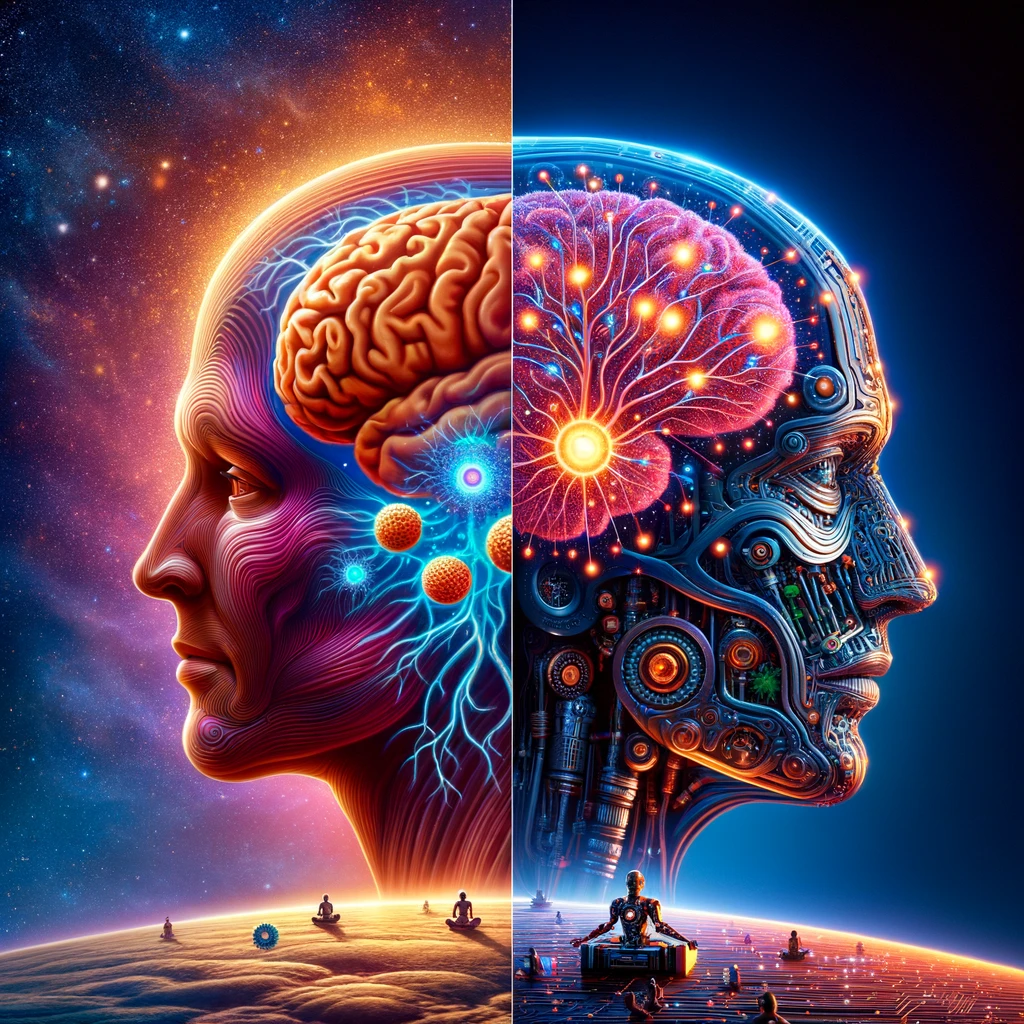
Karma Yoga, the path of selfless action, is a central theme that resonates in the teachings of the Bhagavad Gita by Swami Sivananda, the Vyadha Gita, and Sai Baba’s Satcharitra. Each of these spiritual texts, though distinct in their narratives, converge on the principle of transforming ordinary actions into spiritual practice.
Swami Sivananda’s interpretation of the Bhagavad Gita underscores Karma Yoga as the practice of offering every action to the divine, performed without attachment to the results. This approach, he suggests, purifies the heart and reduces the ego, leading to the realization of the Self. Sivananda encourages individuals to view work as worship, thereby making spirituality accessible and practical in everyday life. This is encapsulated in the Bhagavad Gita verse:
Verse:
“Karmanye Vadhikaraste Ma Phaleshu Kadachana” (Bhagavad Gita, Chapter 2, Verse 47)
Meaning:
“You have the right to perform your prescribed duties, but you are not entitled to the fruits of your actions.”
The Vyadha Gita, a part of the Mahabharata, echoes this theme of duty and devotion. It narrates the enlightening interaction between a learned Brahmin and a butcher, the Vyadha. Despite his humble profession, the Vyadha is depicted as a Karma Yogi, performing his duties with utmost sincerity and dedication. This narrative underscores that one’s spiritual progress is not determined by social status or profession, but by the attitude with which one performs their duties. A verse from the Vyadha Gita emphasizes the importance of controlling one’s senses:
Verse:
“indriyāṇāṁ prasaṅgena doṣam ārcchantya saṁśayam | sanniyamya tu tānyeva tataḥ siddhiṁ samāpnuyāt || 20 ||” (Vyadha Gita, Chapter 6, Verse 20)
Meaning:
“Our senses are the root (cause) of our spiritual advancement as also at the root of our spiritual degradation.”
Sai Baba’s teachings, as illustrated in the Sai Satcharitra, further reinforce the principles of Karma Yoga. Sai Baba, through his explanation of a verse from the Bhagavad Gita (Chapter 4, Verse no.34) to Nanasaheb Chandorkar (Sai Satcharitra, Chapter 39), emphasized the importance of selfless service and surrender. His life was an embodiment of Karma Yoga, serving the needy without expecting anything in return. His teachings encourage his devotees to perform their duties selflessly, viewing work as a form of worship.
In essence, these diverse spiritual texts converge on the principle of Karma Yoga, emphasizing that selfless action and devotion in performing one’s duties can lead to spiritual growth and self-realization. This unifying theme underscores the practicality of spirituality in everyday life, making it accessible and meaningful to all, regardless of their social status or profession.


